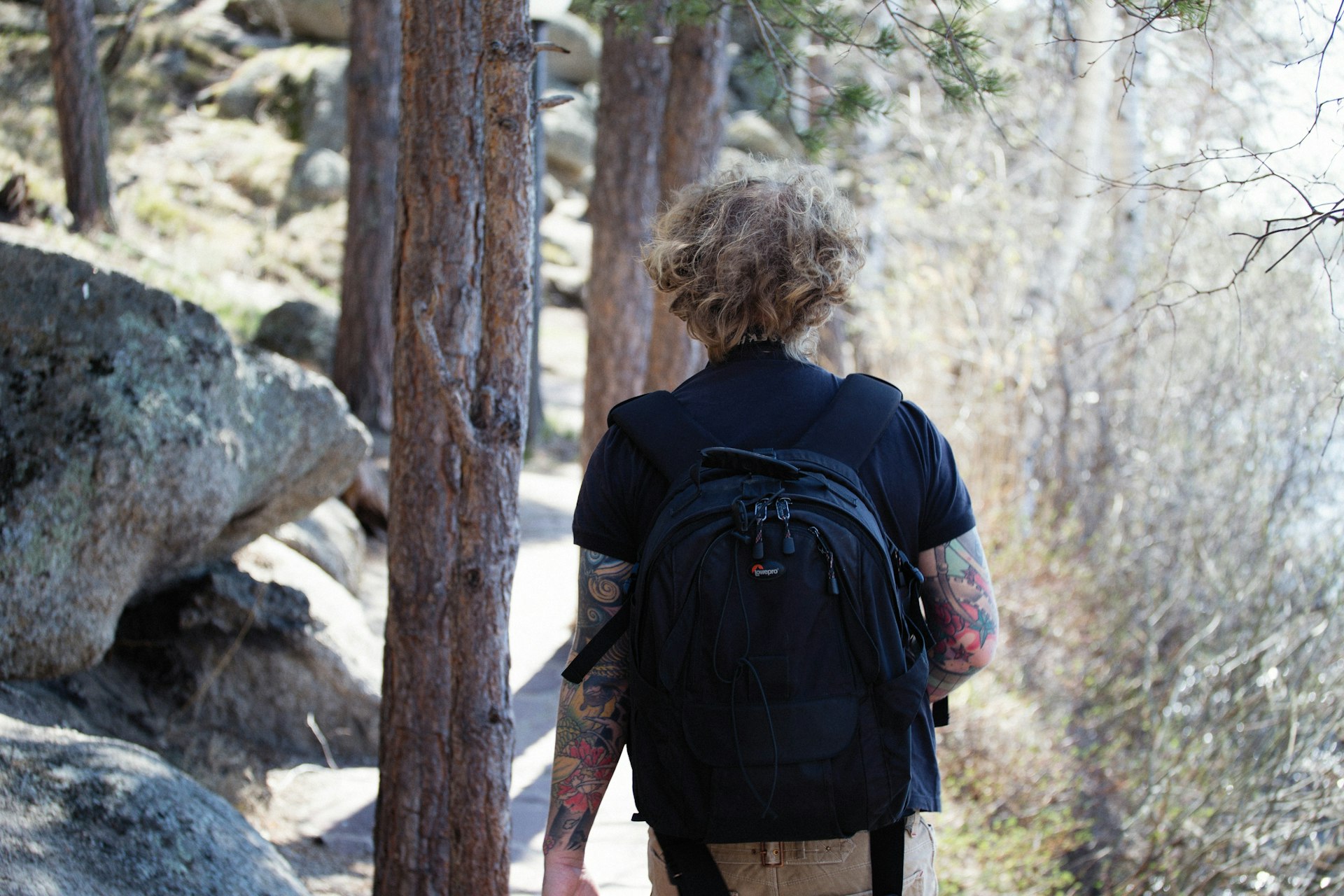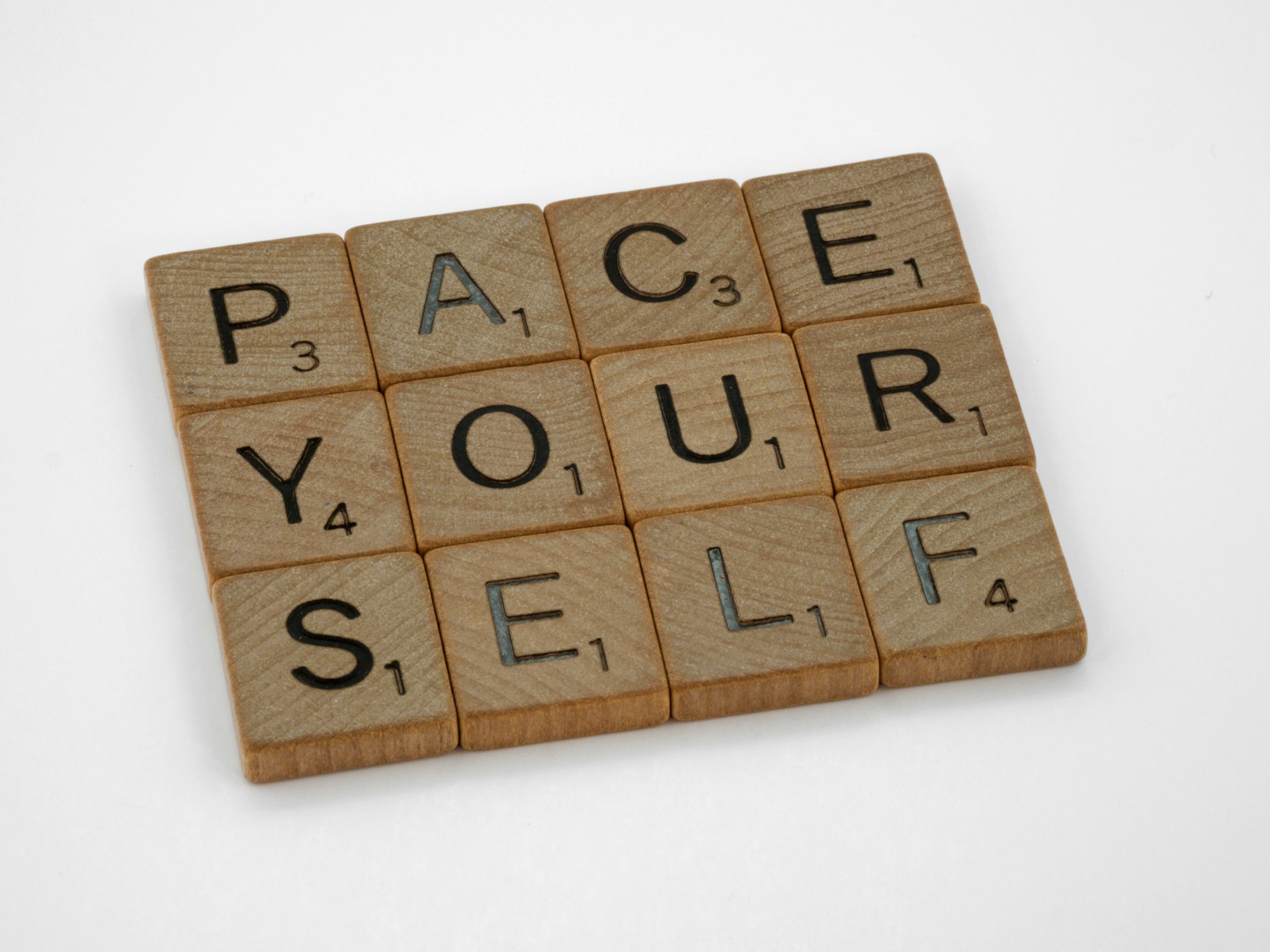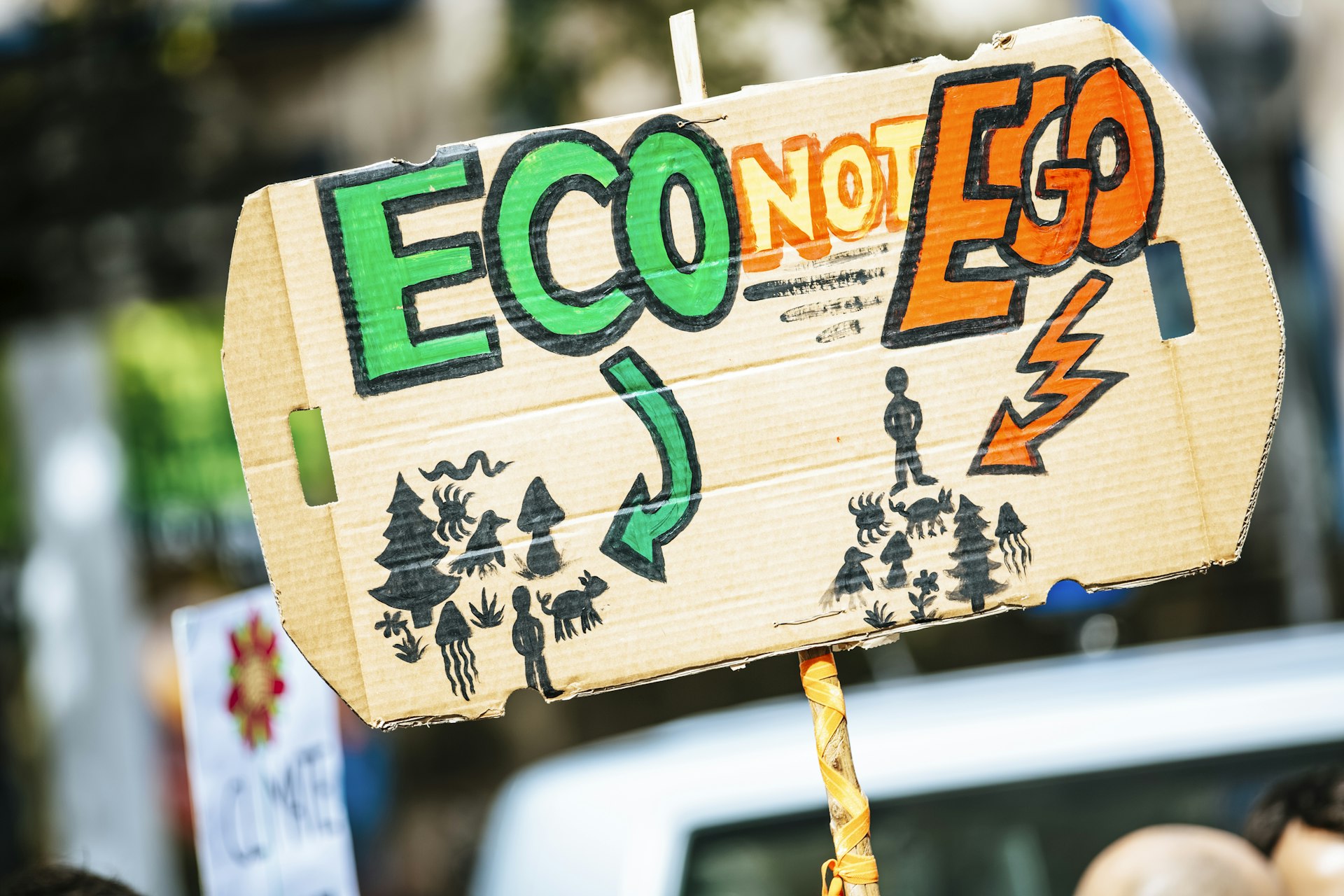Back to Nature: The Rewilding Lifestyle Revolution Transforming Urban Living in 2025

Photo by Alexey Demidov on Unsplash
The back to nature lifestyle trend, known as rewilding, is quietly transforming how people live in 2025, especially in urban environments. This movement represents more than just a passing fad-it’s a fundamental shift toward reconnecting with the natural world as an antidote to digital overwhelm and urban burnout. As cities become increasingly dense and technology dominates daily life, millions are discovering that returning to nature-based practices offers profound benefits for mental health, physical wellness, and overall life satisfaction.
Understanding the Rewilding Movement
Rewilding, at its core, means returning an environment to its natural state. According to Michael Hagen, curator of the Rock Garden and Native Plant Garden at New York Botanical Garden, “The term essentially means restoring wilderness. It’s founded in the concept that we’re missing animals from our landscape, and we must restore natural processes and species to return the ecosystem to its original state.” [1]
However, modern rewilding extends far beyond large-scale conservation efforts. The movement has evolved to encompass personal lifestyle choices that bring natural elements into everyday urban living. “The mindset is that you’re gardening with nature, not for nature,” Hagen explains, highlighting the collaborative relationship between humans and natural systems that defines this approach. [1]
This trend emerges as people actively reset their relationship with digital life, moving away from over-curated, screen-dominated routines toward something more grounded and authentic. The timing isn’t coincidental-after years of increasing digitization, there’s growing awareness that human wellbeing requires regular connection with natural environments and processes.
The Science Behind Nature Connection
The benefits of reconnecting with nature aren’t just anecdotal-they’re backed by substantial scientific research. Studies demonstrate that natural environments significantly affect systems that regulate stress and support immune function. Research has found that time in forest environments enhances the activity of natural killer (NK) cells, which are essential for immune defense, while simultaneously lowering stress markers like cortisol. [1]
Beyond physical health benefits, nature exposure provides crucial mental health advantages. Natural settings offer the mind a break from digital demands, creating space for reflection, emotional balance, and creative thinking. This mental reset becomes increasingly valuable as urban dwellers face constant stimulation from technology, traffic, and crowded environments.
The rewilding approach builds on these scientific findings by encouraging full-spectrum connection with the outdoors-physical, emotional, and mental. It’s about restoring harmony in an overstimulated world, one grounded moment at a time, rather than simply adding another activity to an already busy schedule.
Practical Urban Rewilding Strategies
Grounding and Barefoot Connection
One of the simplest yet most powerful rewilding practices involves spending time barefoot in natural spaces. This practice, known as grounding or earthing, helps reconnect the body and mind through direct physical contact with the earth. Even a few minutes daily in a grassy park can reset energy levels and provide a tangible connection to natural rhythms.
Urban dwellers can implement this practice by visiting local parks during lunch breaks, walking barefoot on grass in the morning, or simply removing shoes while sitting outdoors. The key is consistency rather than duration-regular brief connections often prove more beneficial than occasional long sessions.
Transforming Small Spaces into Green Zones
Urban rewilding doesn’t require vast outdoor spaces. Balconies, fire escapes, windowsills, and even indoor areas can become thriving micro-habitats. A few strategically placed planters with herbs, flowers, or native plants can transform overlooked corners into living spaces that support both human wellbeing and local ecosystems.
These small green zones serve multiple purposes: they improve air quality, provide habitat for pollinators, offer opportunities for nurturing activities, and create visual connections to natural processes. Successful urban gardeners often start with hardy, low-maintenance plants like herbs, succulents, or native wildflowers that thrive in container environments.
Establishing Nature Rituals
Daily habits that incorporate natural elements help build consistent connections to the outdoor world. These might include journaling outdoors, birdwatching from a window, catching sunrise or sunset, or simply eating meals outside when weather permits. Such rituals create rhythm and calm while building awareness of seasonal changes and natural cycles.
The power of these practices lies in their regularity rather than their complexity. A five-minute morning routine of observing weather patterns or listening to bird sounds can provide grounding that influences the entire day. Many practitioners find that these simple rituals naturally expand over time as their connection to nature deepens.
Digital Detox and Mindful Presence
A crucial component of the rewilding lifestyle involves intentionally reducing screen time during nature interactions. This means pocketing phones, turning off notifications, and fully engaging with immediate surroundings. Instead of documenting experiences for social media, practitioners focus on direct sensory engagement-listening for wind in leaves, observing cloud patterns, or feeling texture and temperature changes.
This approach serves as both attention span training and mood regulation. By regularly practicing focused attention on natural phenomena, urban dwellers develop greater capacity for sustained concentration and emotional equilibrium. The practice becomes particularly valuable for those whose work requires extensive screen time or mental processing.
Many successful practitioners establish specific “phone-free” periods during outdoor time, gradually extending these intervals as their comfort with unmediated experience grows. The goal isn’t complete technology avoidance but rather intentional balance between digital and natural engagement.
Community and Urban Infrastructure
The rewilding movement extends beyond individual practices to encompass community-wide initiatives. Cities worldwide are experimenting with innovative approaches to integrate wildness into urban infrastructure. Green rooftops, native plant corridors, pollinator pathways, and community gardens represent just the beginning of this transformation.
These projects provide multiple benefits: supporting biodiversity, improving air quality, cooling urban heat islands, and offering residents direct connections to local ecosystems. Bee-friendly zones and wildflower gardens increasingly appear in spaces previously dominated by concrete and asphalt.
Residents can participate in this broader movement by supporting local environmental initiatives, advocating for native plantings in public spaces, and joining community gardening efforts. Even simple actions like learning to identify local plants and birds contribute to the collective rewilding effort by building ecological awareness and stewardship.
Sustainable Food and Consumption Patterns
The back to nature lifestyle naturally extends to food choices and consumption patterns. Plant-based diets have moved firmly into the mainstream, evolving from trend to sustained movement. The focus extends beyond simple dietary categories to encompass sustainable eating practices that minimize environmental impact while supporting health.
This includes reducing meat consumption, choosing local and organic foods when possible, and minimizing food waste and packaging. The locavore movement-eating locally grown, seasonal foods-thrives as farmers’ markets become more prevalent and community-supported agriculture subscriptions gain popularity. Even urban farming through rooftop gardens and community vegetable plots contributes to this trend. [2]
These dietary shifts often complement other rewilding practices. Those packing plant-based lunches might use compostable containers or beeswax wraps instead of plastic packaging. The integration of sustainable food choices with other nature-based practices creates a coherent lifestyle approach that reinforces environmental values across multiple domains.
Getting Started with Urban Rewilding
Beginning a rewilding lifestyle doesn’t require dramatic changes or significant investment. Start by identifying existing natural elements in your immediate environment-trees visible from windows, small parks within walking distance, or even potted plants in your living space. Build awareness of these elements through regular, brief observations.
Next, introduce one simple daily practice: five minutes of outdoor time without devices, a single plant for your windowsill, or a weekly walk in the nearest green space. Consistency matters more than intensity in establishing these new patterns.
As comfort with these practices grows, gradually expand your engagement. Join local environmental groups, visit farmers’ markets, or participate in community gardening initiatives. The key is allowing natural interest and curiosity to guide the expansion rather than forcing rapid lifestyle changes.
The rewilding movement offers urban dwellers a practical pathway back to natural connection without requiring dramatic life changes. Through simple daily practices, mindful consumption choices, and community engagement, city residents can experience the profound benefits of reconnecting with the natural world while contributing to broader environmental restoration efforts.
References
[1] Food Drink Life (2025). The rewilding trend: Bring nature back into daily life.

Photo by nopnapa chaiyarat on Unsplash
[2] EQUO Vietnam (2025). 5 Eco-Friendly Lifestyle Trends to Watch in 2025.
MORE FROM mumsearch.com













